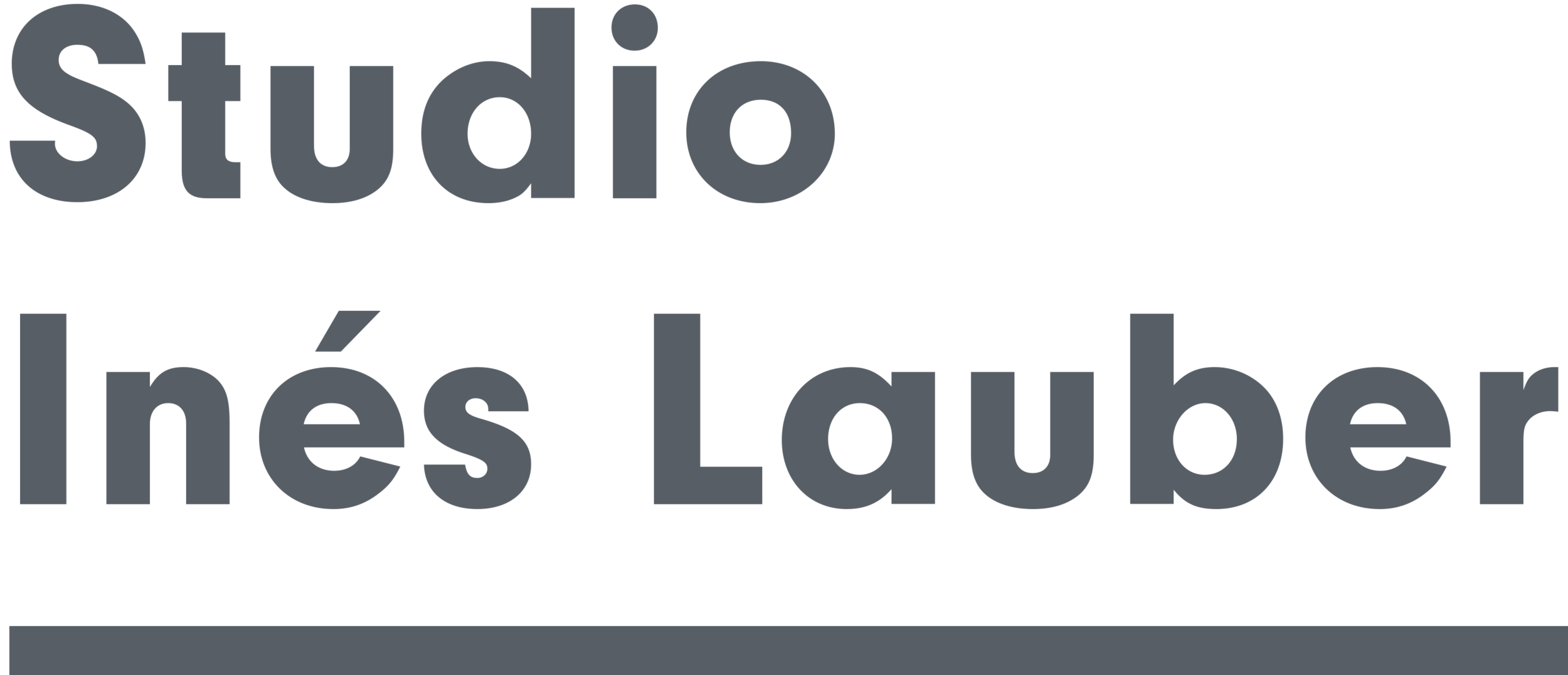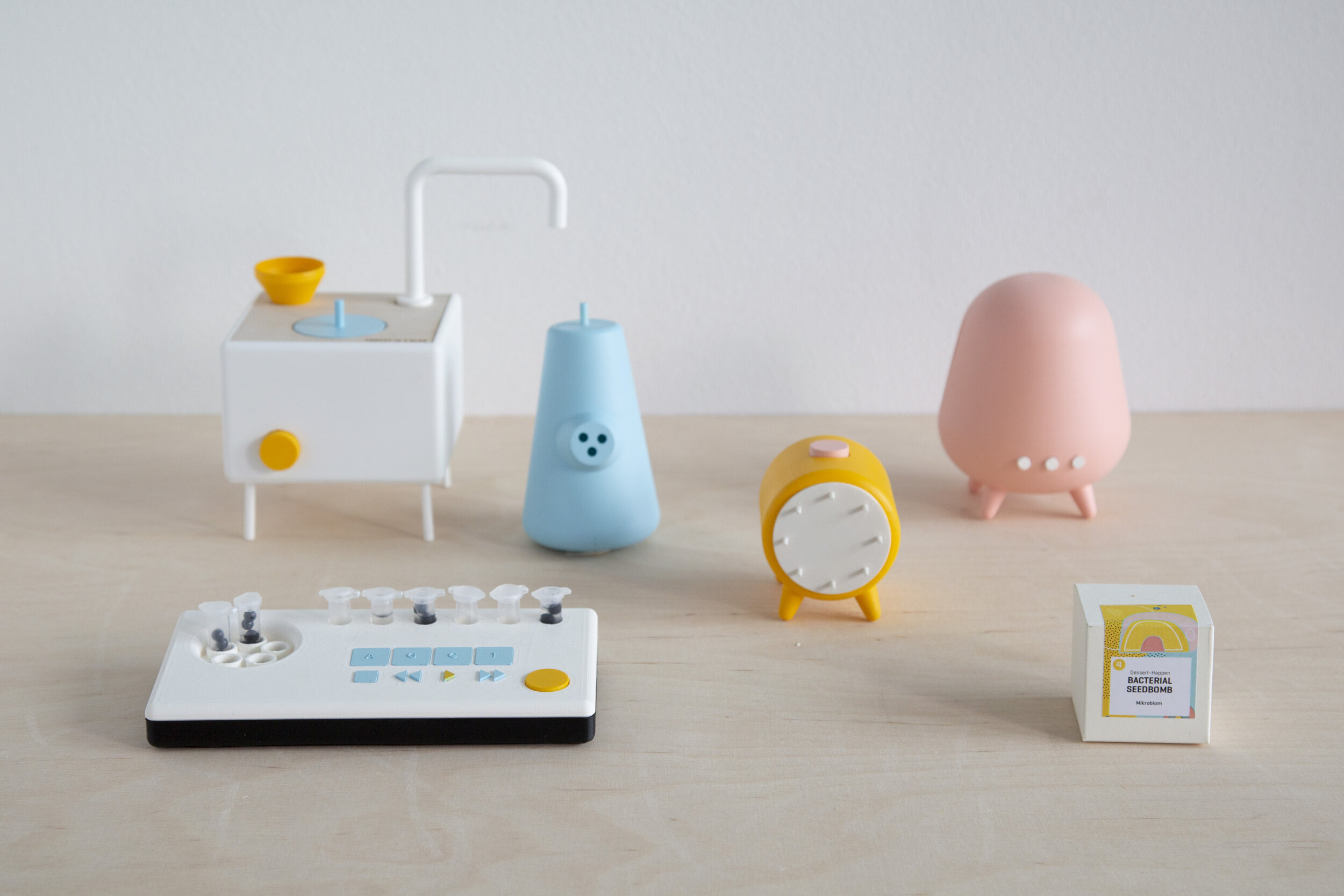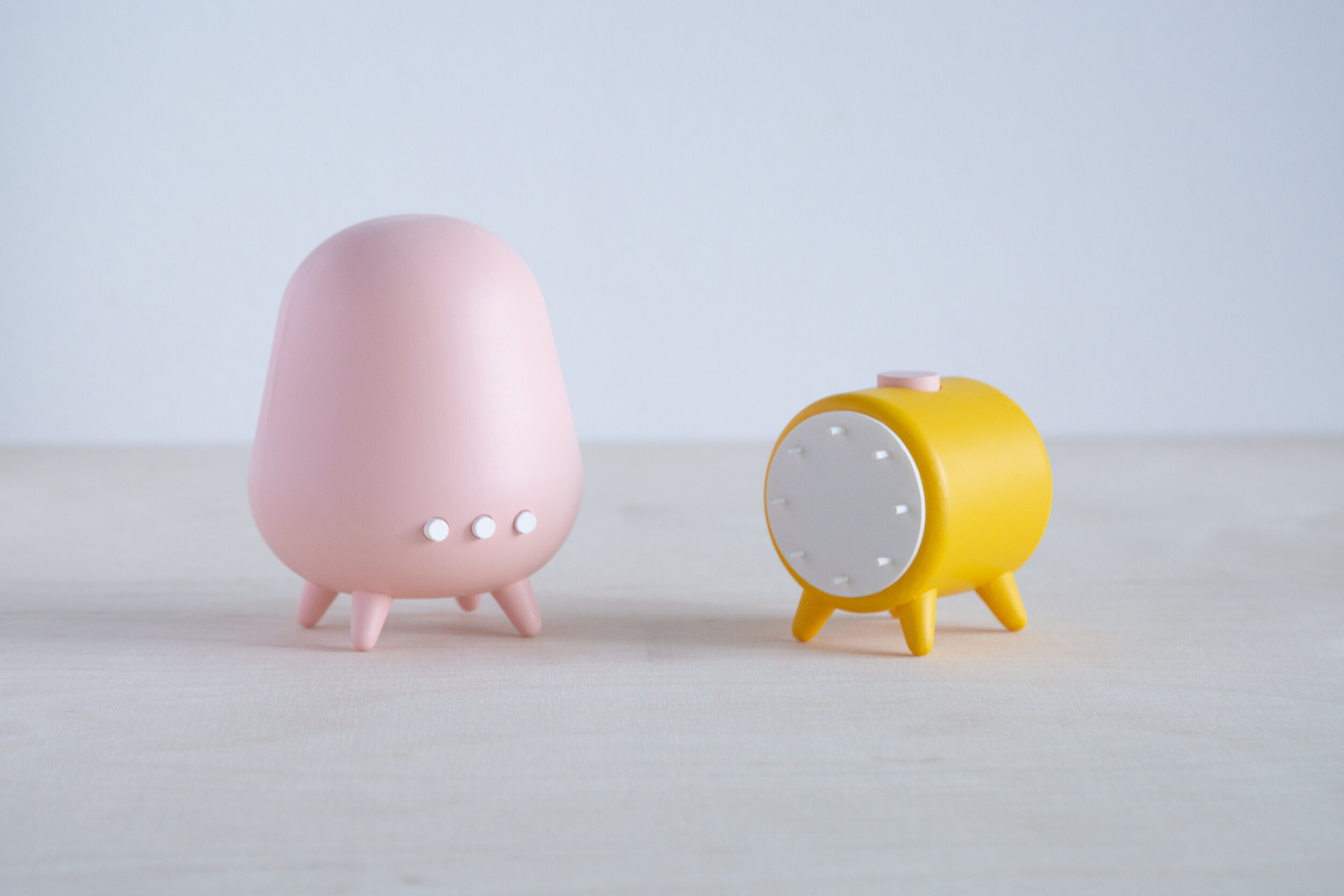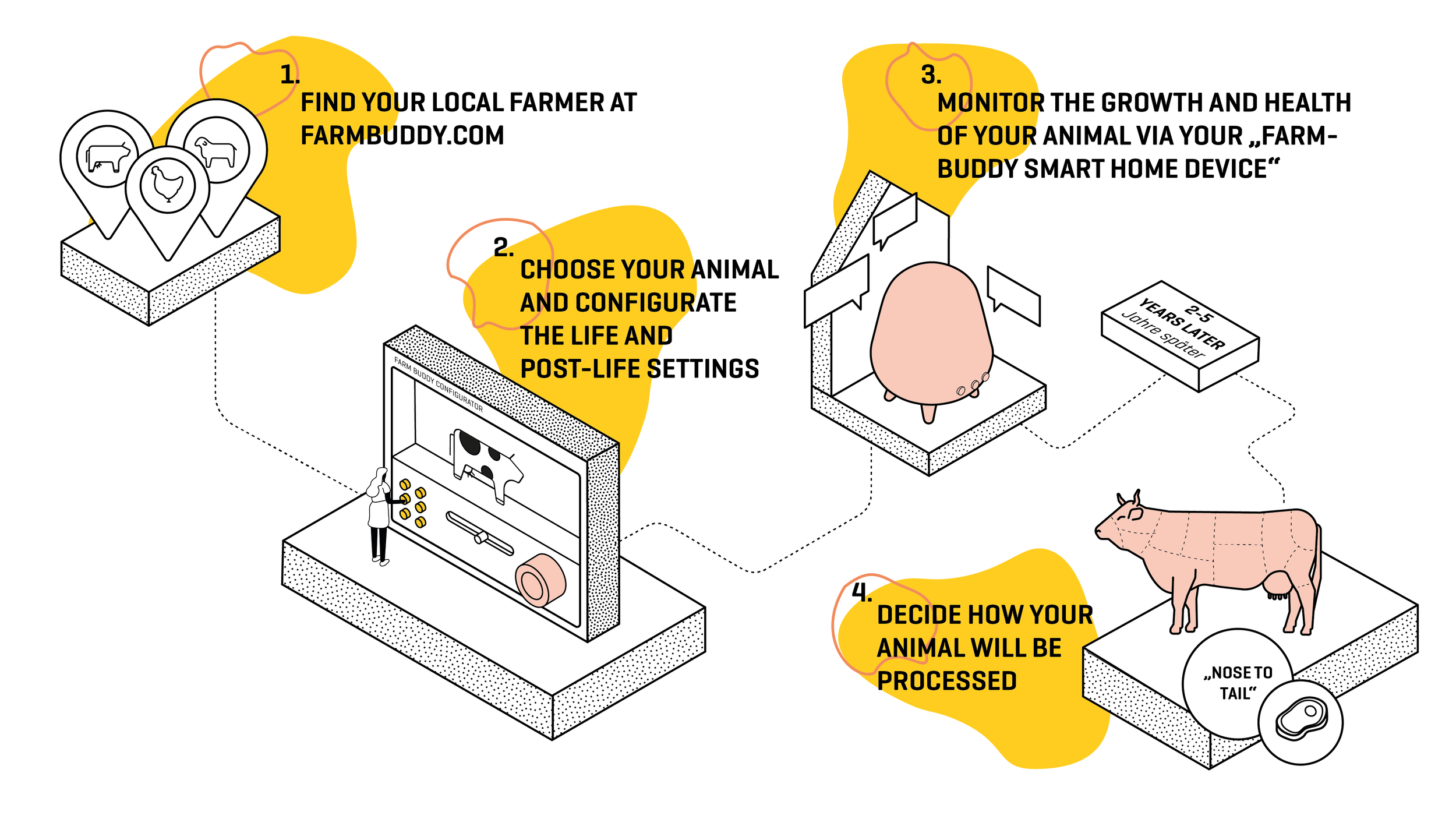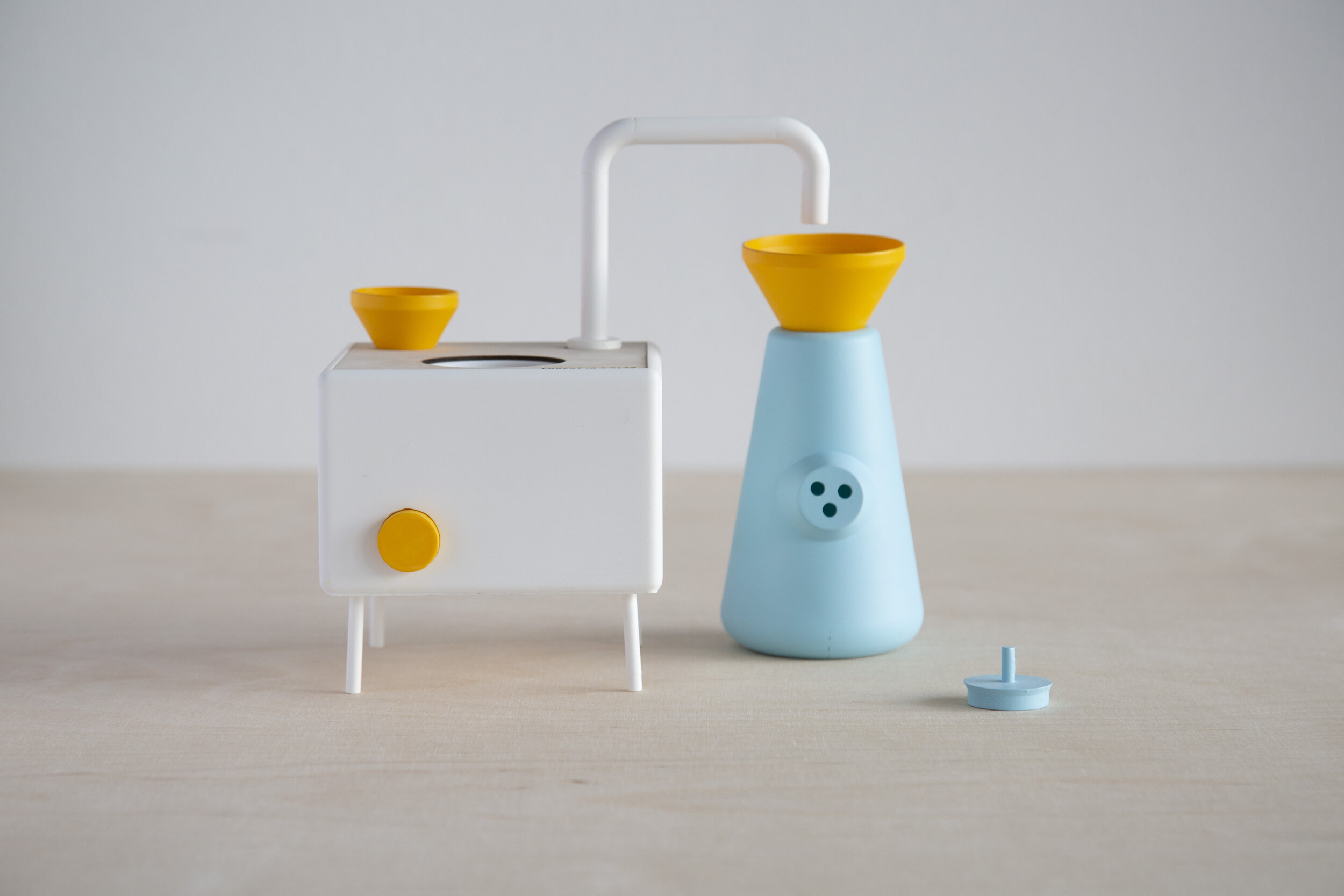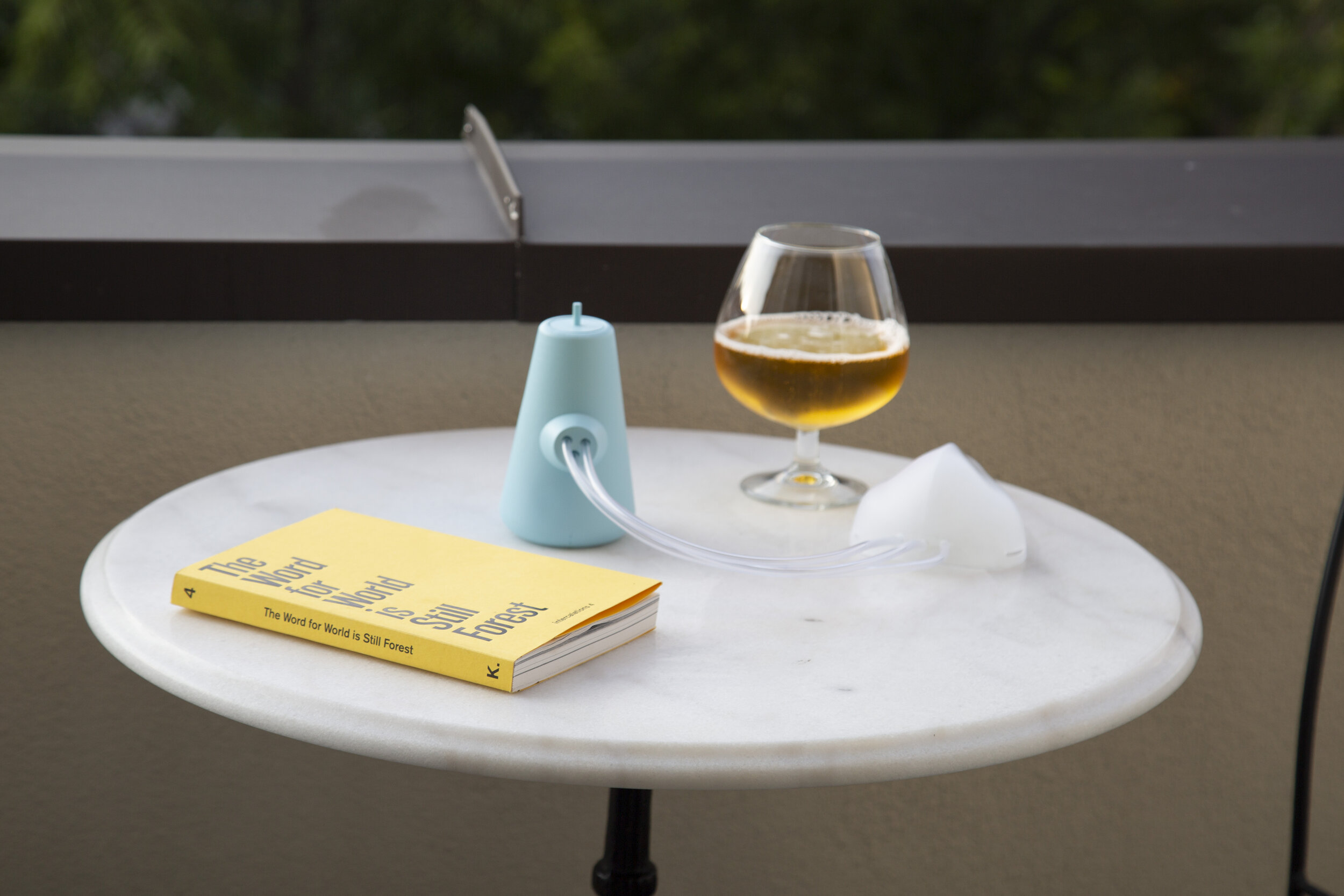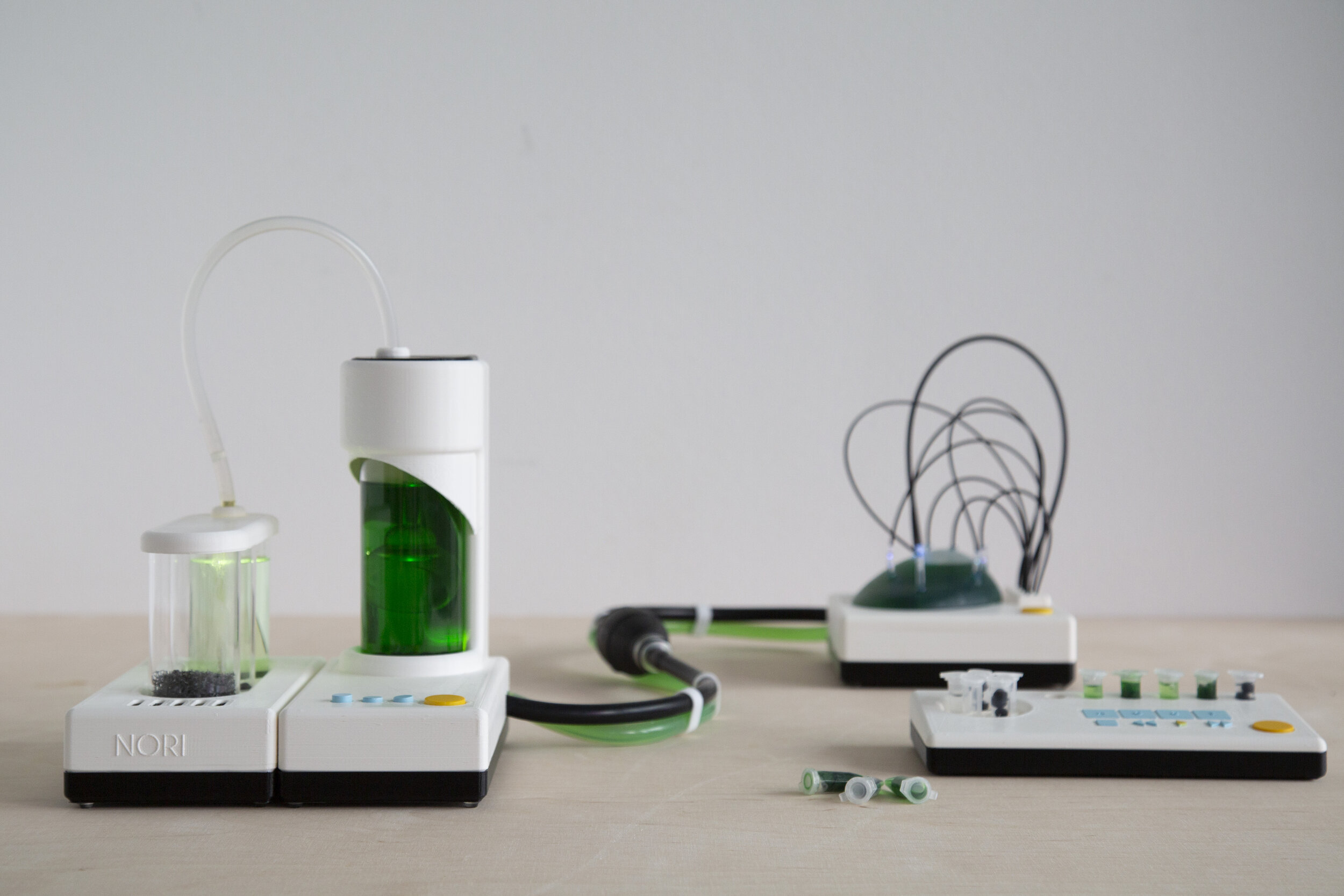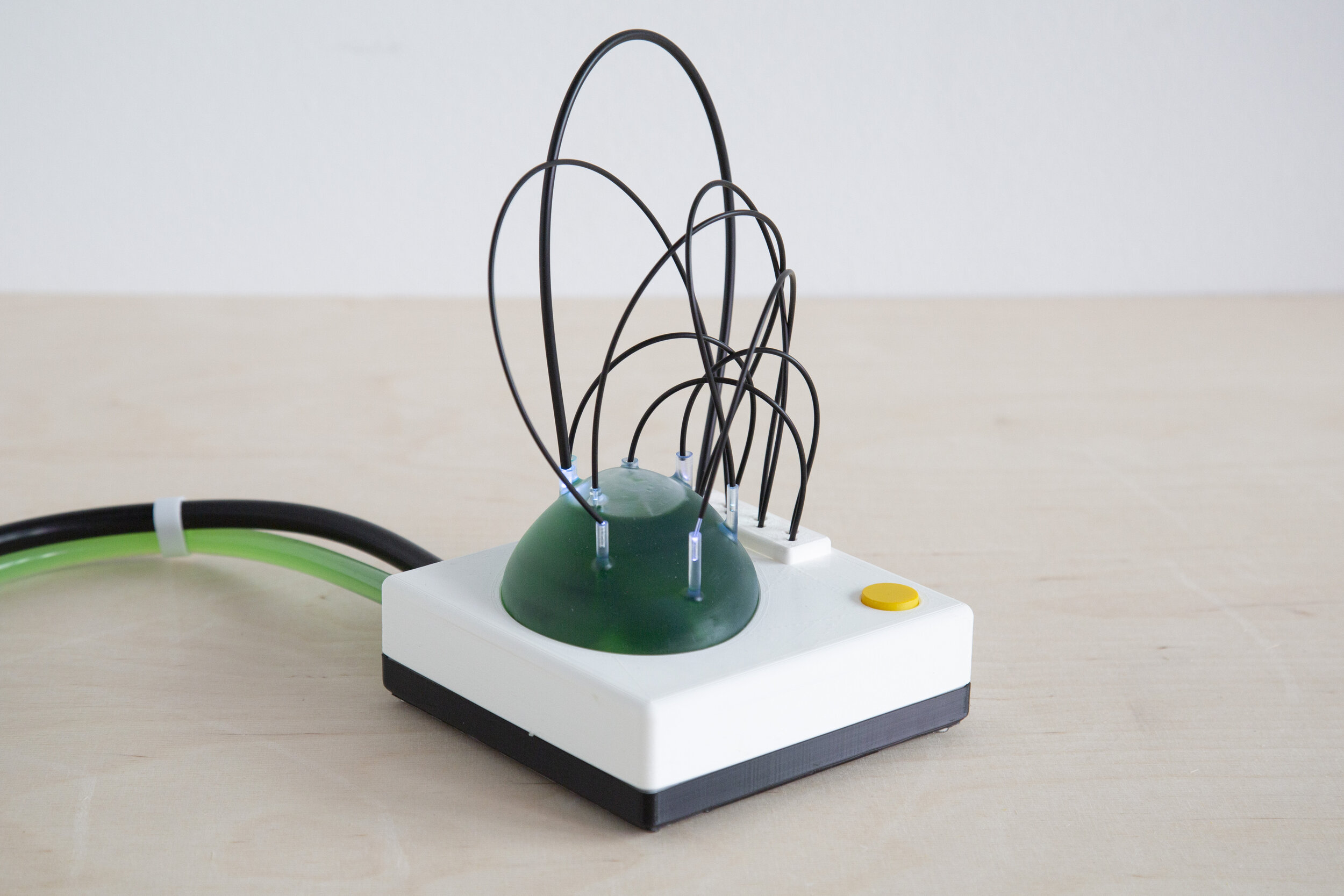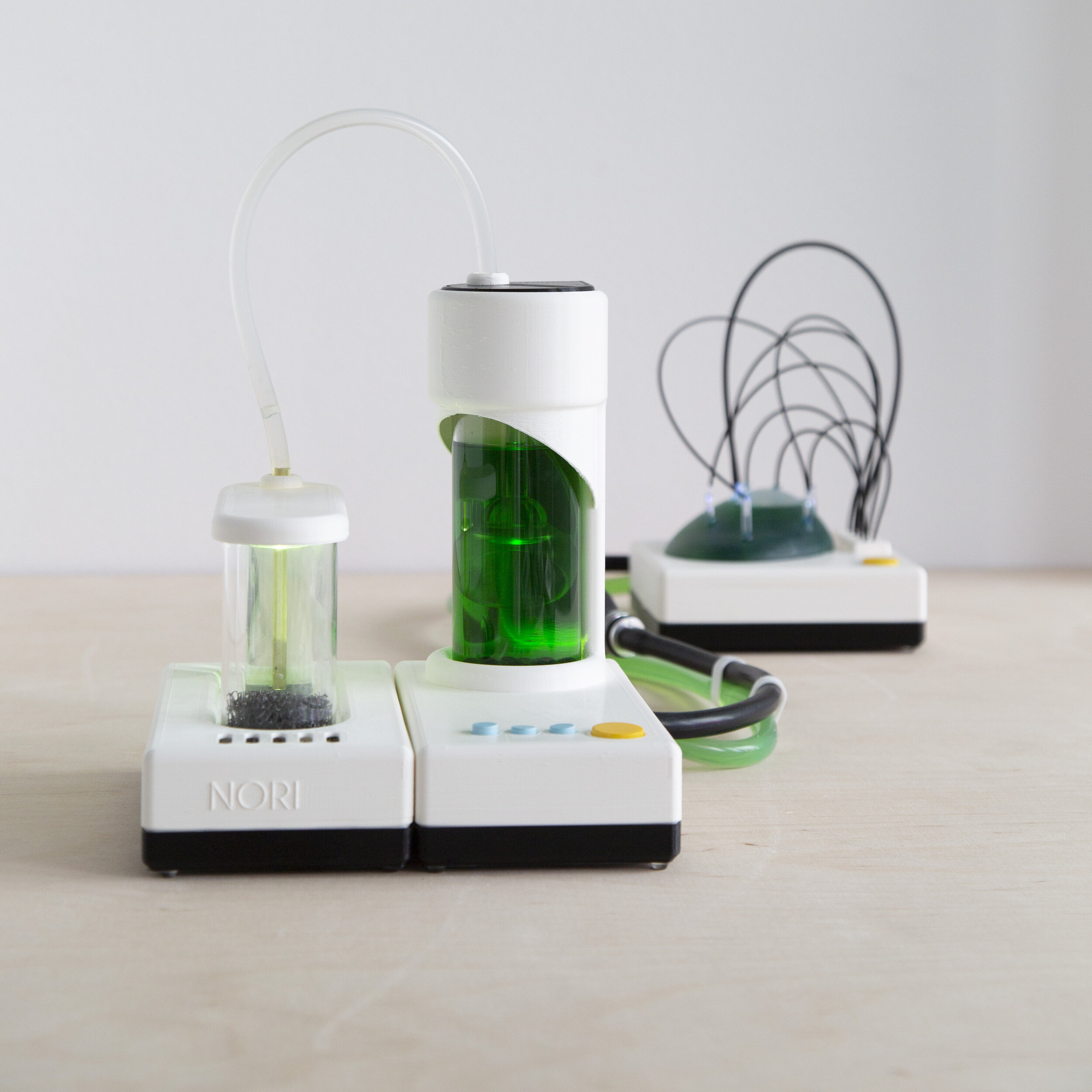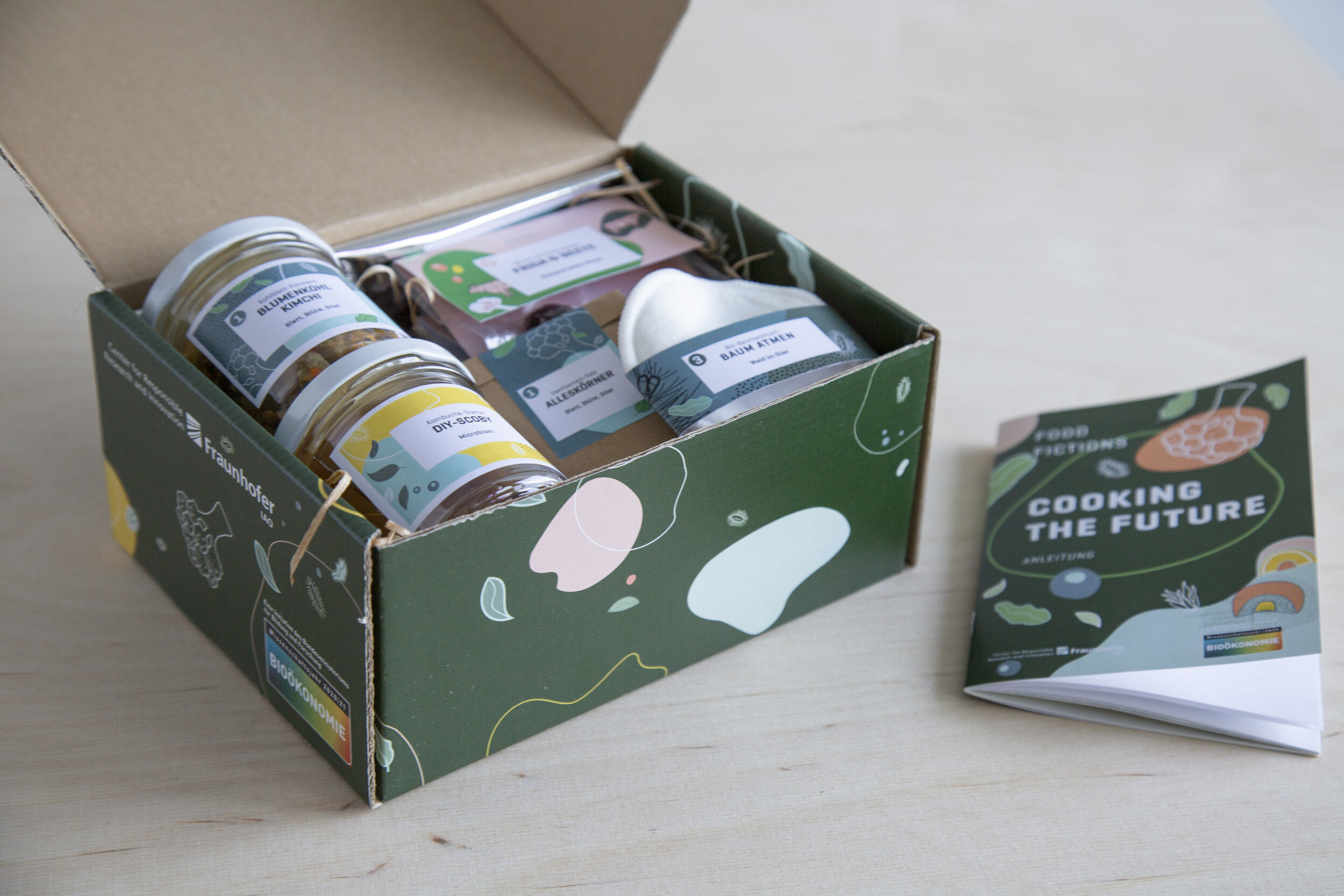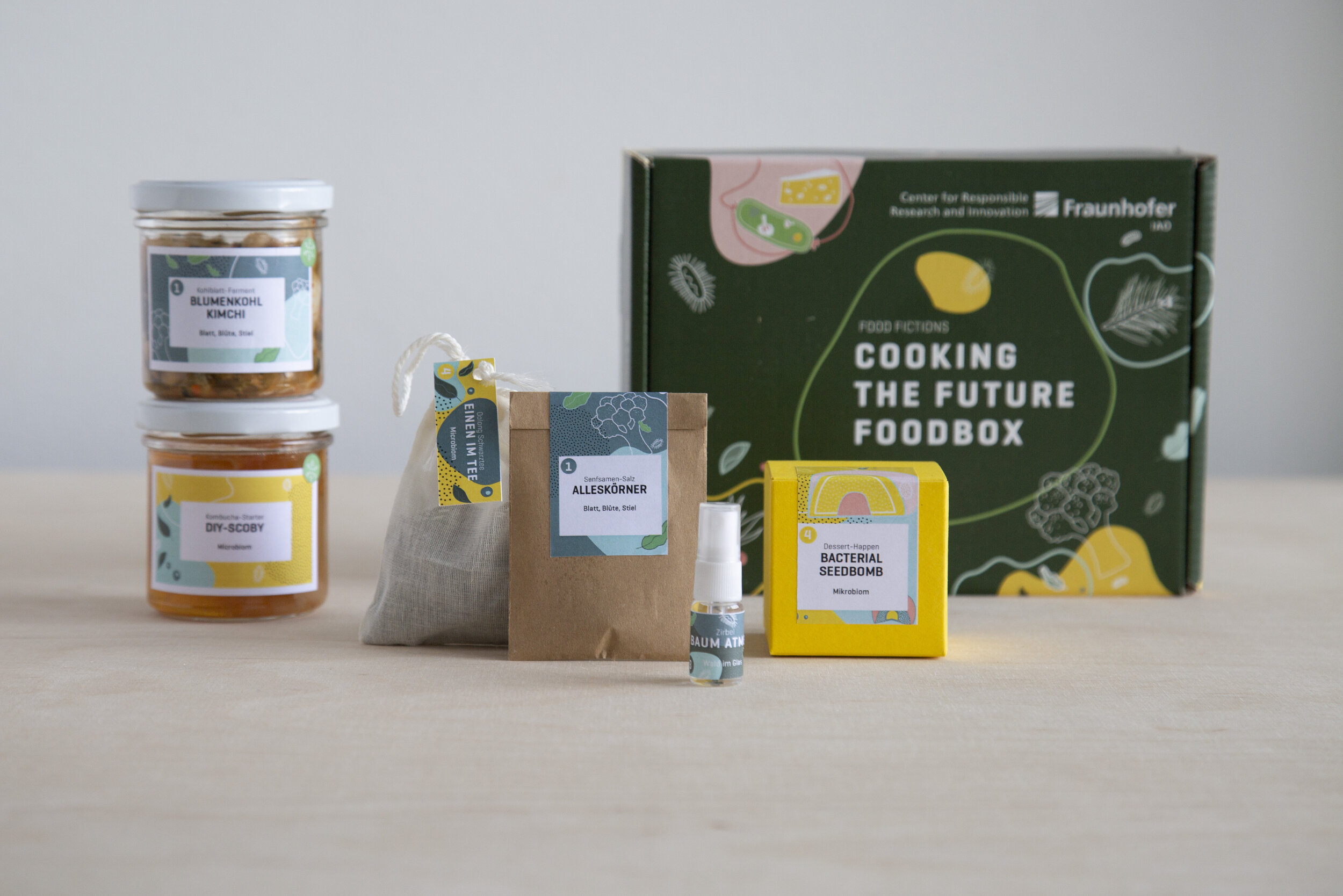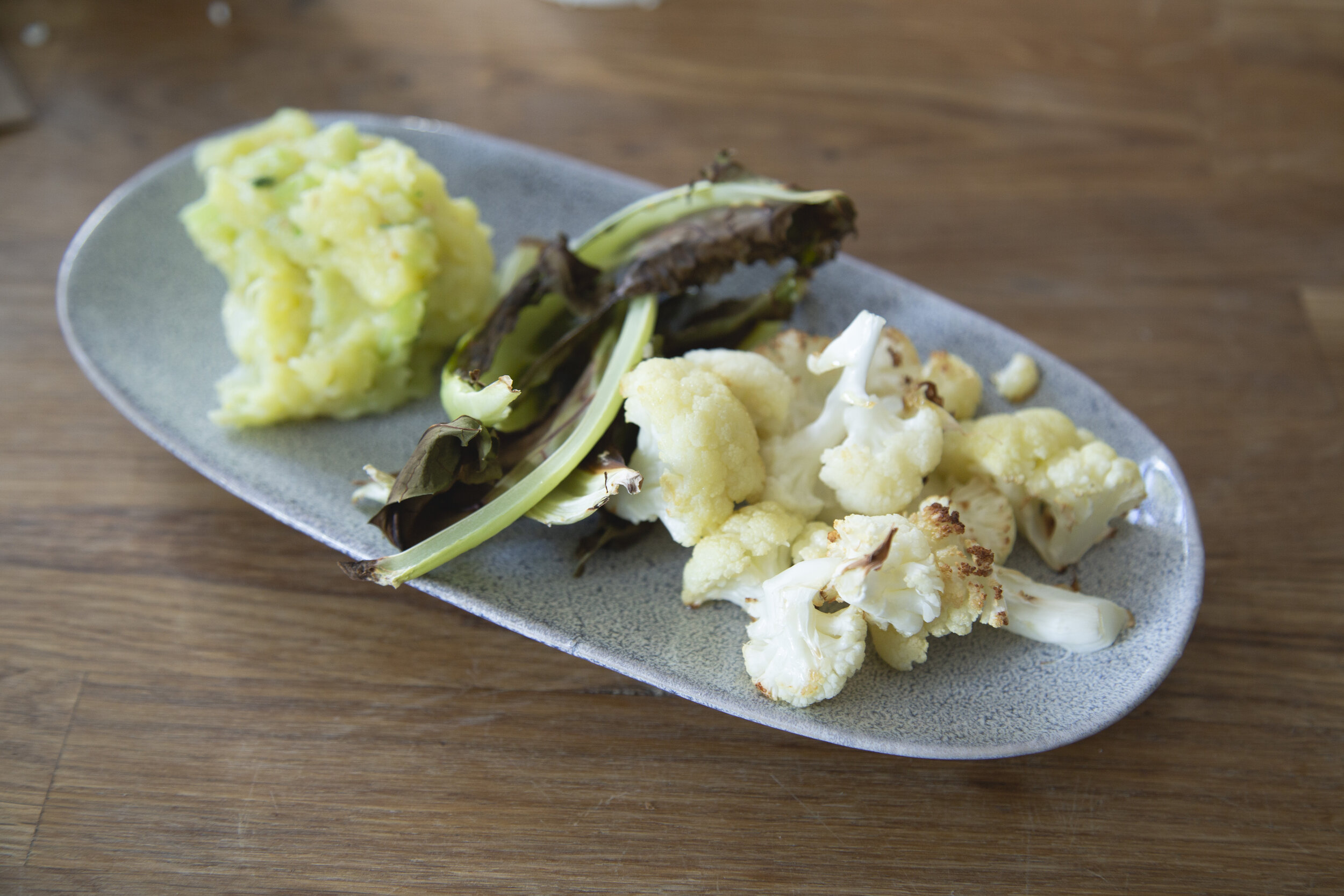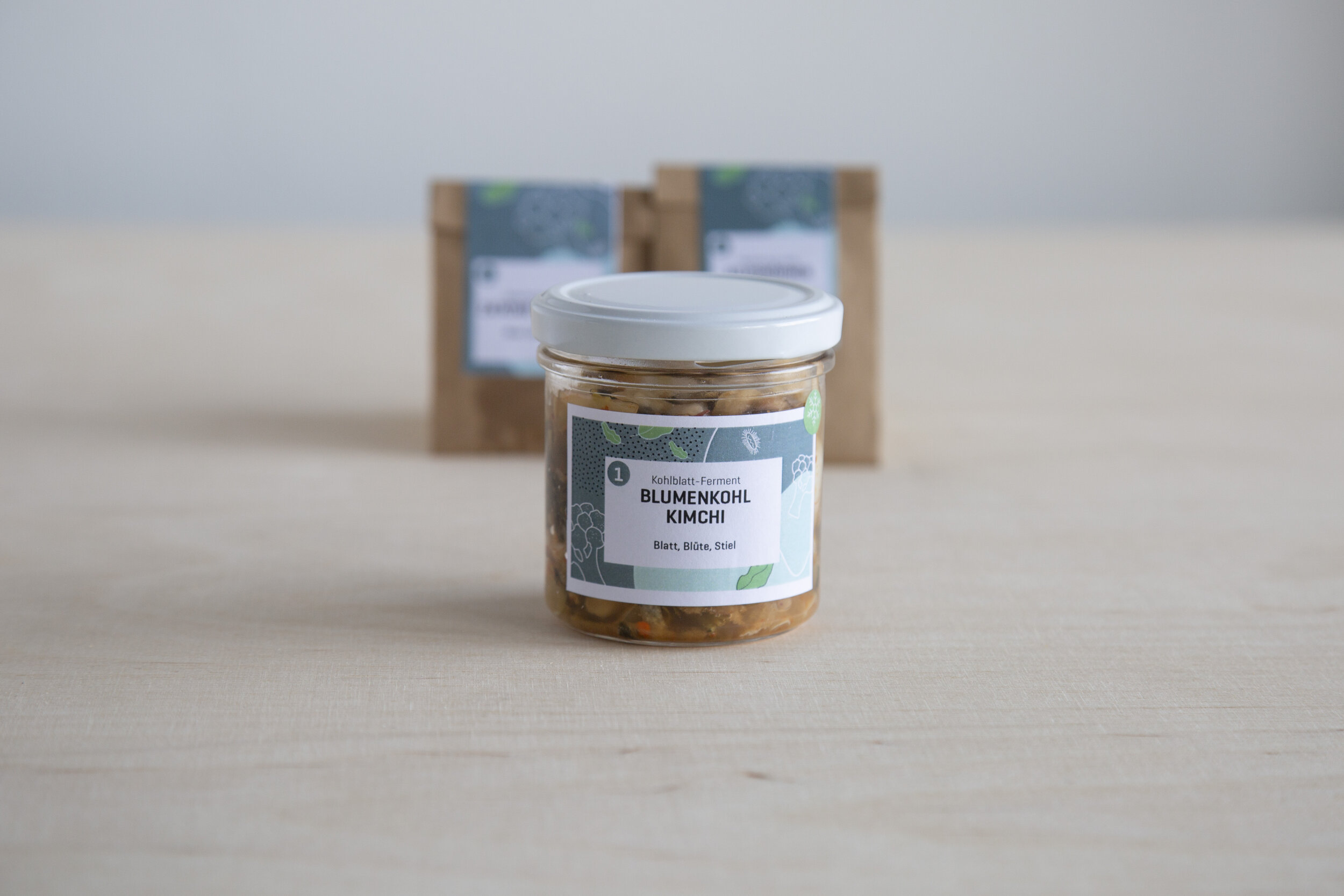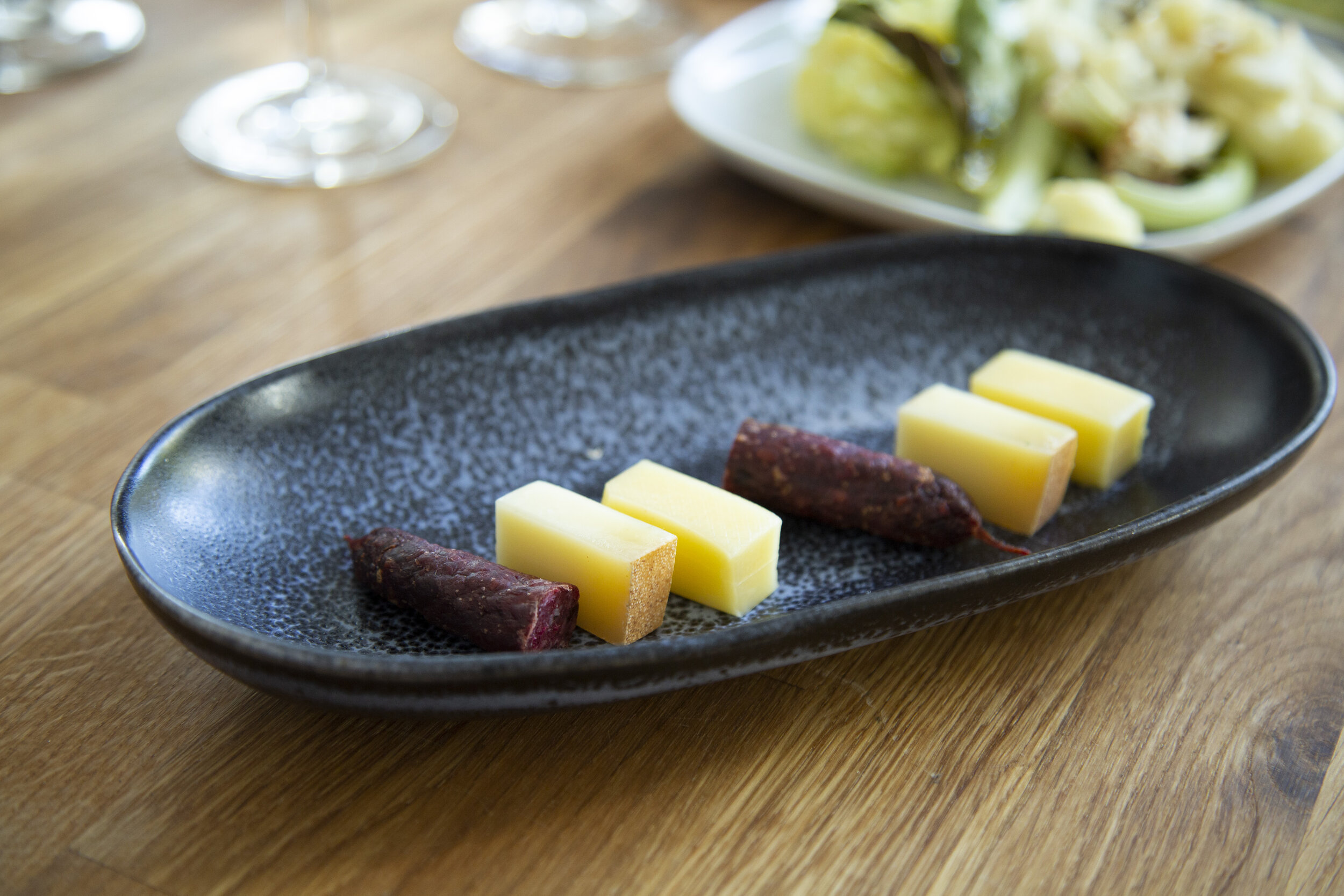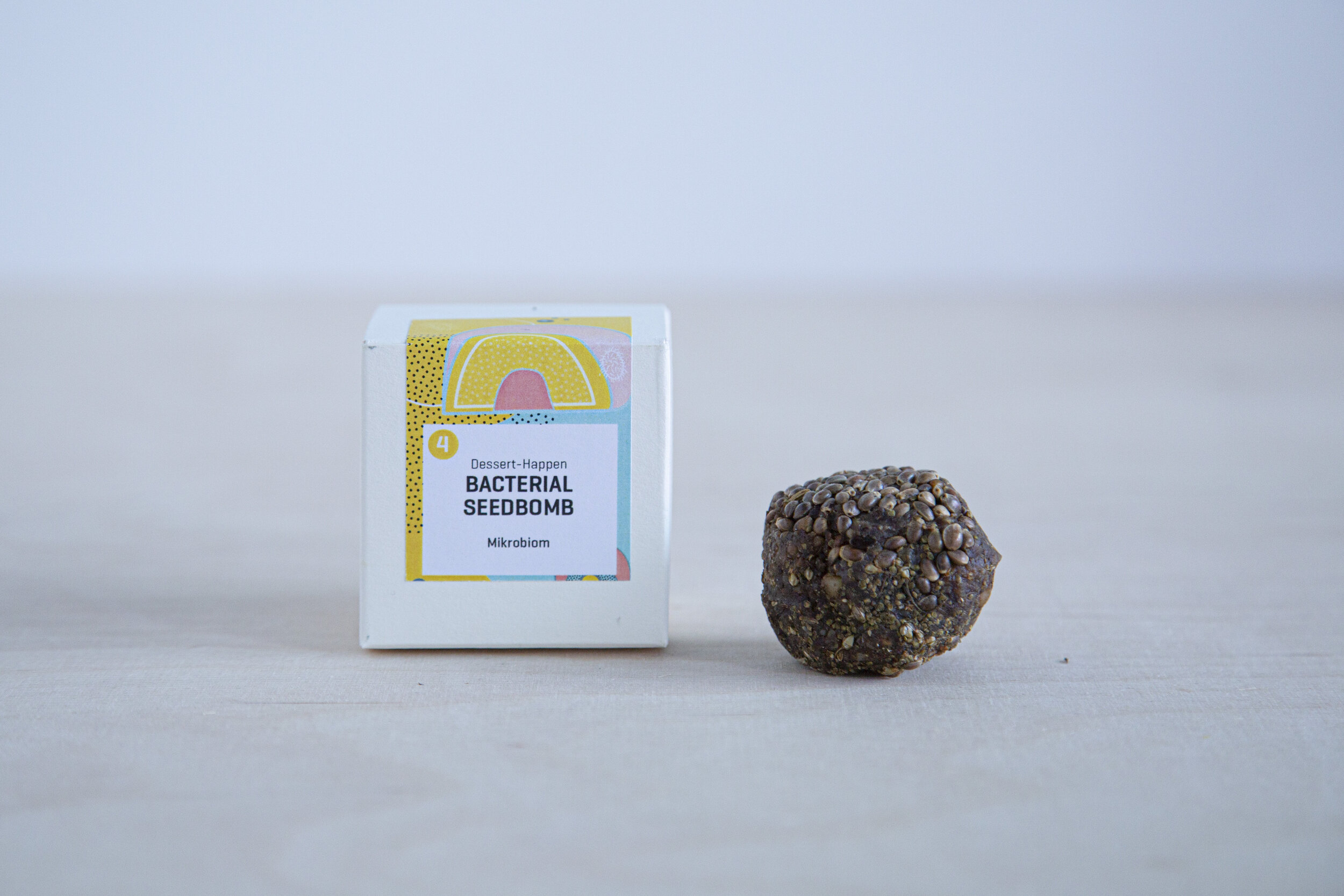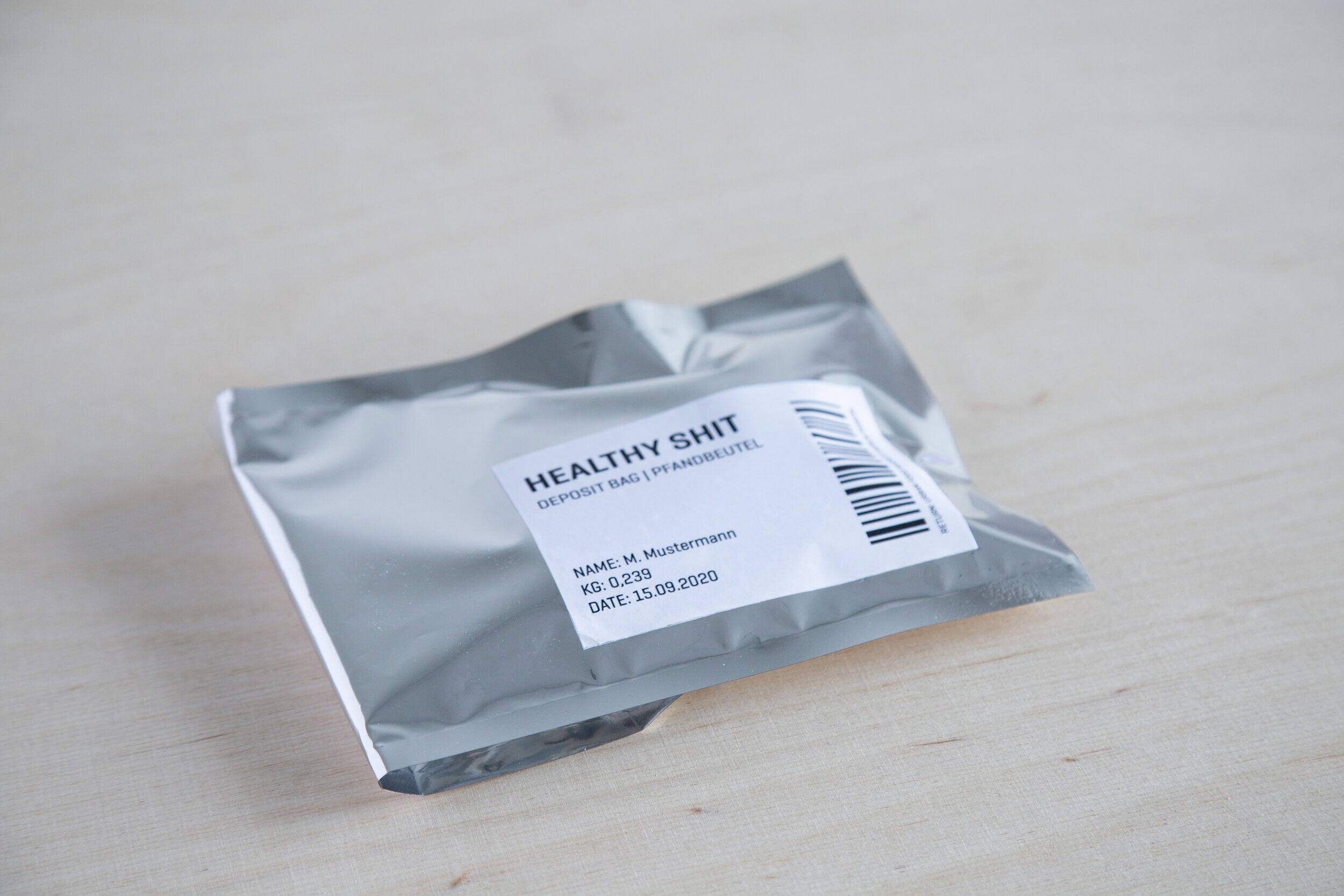Food Fictions
Food Fictions: Food as an object of investigation of the Future
The project,“Food Fictions,“ is a design research project, initiated by the Fraunhofer Center for Responsible Research and Innovation (CeRRI). The project aims to foster public debate by using food as an object of investigation for the future. In this project, project leader and design researcher, Lynn Harles (Fraunhofer CeRRI), Food Designer, Inés Lauber, and writer, Gesine Last, combined their skills in speculative, scenario-building and edible design practices to create five object-based scenarios, accompanied by a five-course tasting menu.
The way we eat shapes our planet and our future
One of the greatest challenges of our time is finding a way to feed our growing population in a way that preserves the planet’s resources and makes healthy food accessible to all social strata. This challenge requires questioning our current food systems and cultural practices.
Within just a few decades, our way of eating has evolved into a complex interplay of science, technology and culture – a jumble of different systems at both the local and global level. In the search for future-oriented alternative systems, the question can no longer focus solely on WHAT we will eat. Product-oriented approaches, such as in-vitro meat or insect bars, only offer medium-term solutions as long as the systems they are embedded in remain the same.
Instead, it is the food systems in which we operate that must be questioned. This pertains to, for example, the basic principle of the supermarket as the central supply point, which has hardly changed since the 1930s. We must also look at our relationship to farm animals and microorganisms, as well as our culturally-shaped understanding of nature and time.
To this end, FOOD FICTIONS deals with the question of HOW we grow, produce, process and share our food in a circular and biobased economy. The main goal was to create new ways of participatory and edible science communication, that enables public debates on current ecological and social challenges.
From scientific fact to speculative food design.
In order to avoid misleading the public debate and stay true to facts it was important to orient the scenarios close to scientific facts. For this reason, the project is based on an interdisciplinary approach in which design researchers, food designers and scientists from the field collaborated in a co-creative design process. At the end of this process, the interdisciplinary work resulted in five scenarios: Urban Food Market, Responsible Meat, From Leaf to root, Open Source Algae & Bacterial Food.
Each scenario was visualized by a speculative technological artifact and an edible counterpart. The artifacts were transferred into a public pop-up exhibition, that was shown in the Museum of Natural History in Berlin in September 2020. In order to engage the public in times of Corona, the exhibition was accompanied by a digital event “Cooking the Future”. In advance of the event, the participants received an “edible toolbox” in which the scenarios were transferred into a speculative five-course menu by Inés Lauber. In a digital meetup, the participants could interact with the edible artifacts and were allowed to taste “the future”.
From Responsible Meat to Healthy Shit.
The scope of the five scenarios ranges from overarching processes of urban food production to the recycling processes in our guts.
The overarching scenario, “Urban Food Market,” highlights the potential of technological innovations in urban agriculture, new retail concepts such as "hybrid food retail," and addresses the increasing information needs of consumers from a social perspective. In “Responsible Meat”, the scenario questions the consumption of meat, the value of the animal, and the use of empathic technologies: In this scenario, the self-service product meat with its flashy stickers is increasingly disappearing. The purchase of meat is now taking place via subscription of the whole animal and sharing models, such as “Farmbuddy”. The scenario is accompanied by a speculative "Farmbuddy Customer Journey", a fictitious representation of the “Farmbuddy Configurator App” and the "Farmbuddy Smart Home Device". The device is not to be understood as a ready-made prototype or start-up idea, but it aims to foster curiousity and to question how much control consumers are willing to exercise in meat production. The design of the artefact is based on a "Tamagotchi", an electronic pet, and speculates on how technologies can help to create a relationship with farm animals in urban environments.
The third scenario “From Leaf to root” addresses the hidden potential of trees in the form of secondary plant compounds. It deals with the potential for using the tree in our food culture and speculates on new forms of culinary enjoyment at the interface with medicine.
The last two scenarios are exploring our food culture in the “Microbiocene” and the domestication of microbes. In “Open Source Algae” the speculative kitchenware “Nori” questions the use of genetic engineering and synthetic biology as the next evolutionary step in human food production. It reflects on new process technologies in food production at home, given the fact that novel biotechnologies are getting more affordable and “easy to use”. The last scenario “Bacterial Food” sheds light on the world of bacteria as guardians of our guts and as food producers. After all, the human body is also an important station in food cycles: Natural food is the direct link to our environment. With every bite, an invisible part of our environment enters us in the form of millions of bacteria that decompose and process our food and control our well-being. After the work is done, a valuable waste product is created, which is an important resource for the circular economy. To put it bluntly: Healthy Shit.
The scenario is visualized by edible "Bacterial Seedbombs", that explain the role of bacteria in our food culture and speculate about new approaches to food supplements in the form of healthy mid-meal "snacks" or as “digestife" after meals. In addition, the scenario is accompanied by a “Healthy Shit Deposit Bag” to illustrate how society deals with a taboo topic once the economic value of shit has been recognized. Shit is the new gold.
Food Fiction Think Tank Team
Design research & speculative artifacts by Lynn Harles
Cooking the Future Food Box by Inés Lauber
Written scenarios by Gesine Last
Conducted by Fraunhofer CeRRI
Funded by BMBF
Pop-up Exhibition September 2020 in collaboration with the Museum of Natural Science Berlin
cooking the future: Edible Artifacts
Since the exhibition discussed the future of food, a highly sensorial topic, it was intended to include interactive events. Due to COVID-19 pandemic however, it was not possible to include interactive objects or experiences in the exhibition itself. Adapting to the situation, the workshop instead took place online and each participant received one of our “Cooking the Future Boxes”. The Box contained edible artifacts to be used in five different scenarios.
During the workshop, the participants were virtually guided through each scenario while tasting the according snack or dish at the same time.
